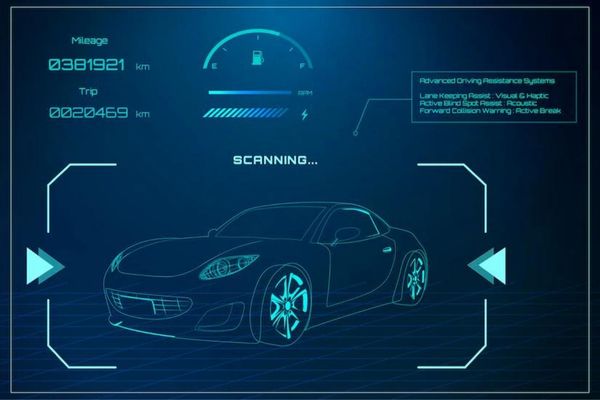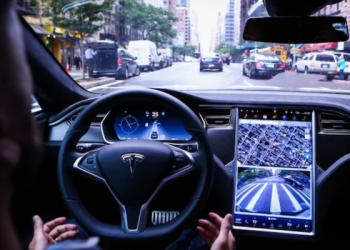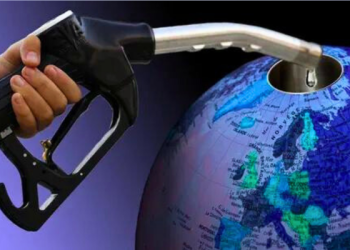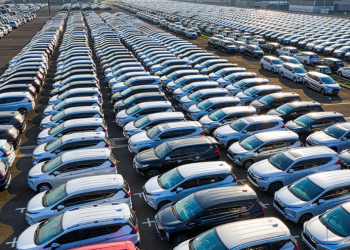The auto industry is working hard to build new technologies that can detect alcohol to help stop accidents caused by intoxicated drivers. A recent report shows that ZF Friedrichshafen, Autoliv, and Valeo are among the players working on this kind of technology.
The goal of the new technology is to find alcohol on a driver’s breath or skin and keep the car from starting if the driver is over the legal limit. Some of the ways being looked into are employing infrared sensors to detect alcohol in the car’s air or sensors built into the steering wheel that can detect alcohol on the driver’s skin.
About one-third of all traffic accident deaths in the U.S. are caused by drivers who are drunk (BAC of.08 g/dL or more). In the United States, about 32 people die in drunk-driving accidents every day, or one person every 45 minutes. In 2020, 11,654 individuals died in traffic accidents caused by drunk drivers. This is a 14 percent rise from 2019. All of these deaths were preventable.
The development of this technology comes as the National Highway Traffic Safety Administration (NHTSA) has announced plans to require alcohol detection systems in all new vehicles by 2026. The NHTSA hopes that such systems will help to reduce the number of alcohol-related accidents on the road.
However, there are still some challenges to be overcome before this technology can be widely implemented. For example, the accuracy of the sensors needs to be improved, and there are concerns about the potential for false positives, which could prevent sober drivers from starting their cars.
Despite these challenges, the development of alcohol detection technology is an important step forward in the fight against drunk driving. By making it more difficult for drivers to get behind the wheel while under the influence, this technology could save countless lives and prevent many injuries on the road.
Read more on Three safety reasons to choose the Mitsubishi Outlander 2023





















